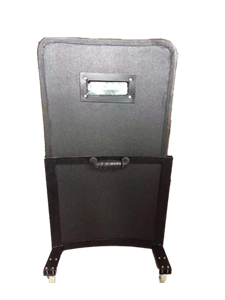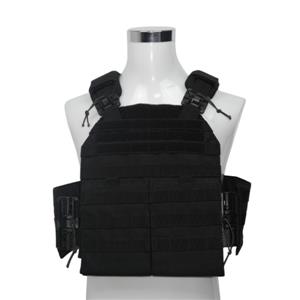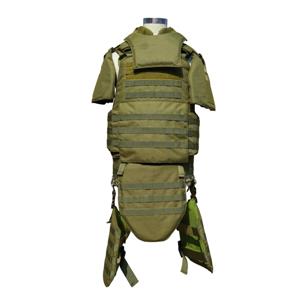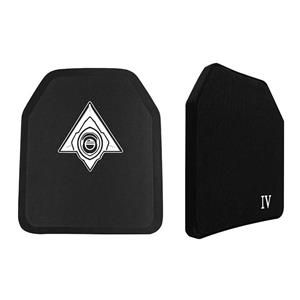How to choose bulletproof vests? Hard Core Survival Guidelines
01
Can bulletproof vests protect the entire body?
The answer is clearly No.
There is only one type of bulletproof vest in the world that can protect the entire body - tanks.
An ordinary military bulletproof vest is actually just a bulletproof insert plate added to the chest and abdomen, similar to the "heart protection mirror" on ancient battlefield armor to protect deadly parts.
The head, neck, limbs, shoulders, crotch, and bulletproof vest cannot be protected. In certain special circumstances, such as when soldiers do not need to run or move quickly, and do not need to carry many items, more comprehensive bulletproof clothing can be used - along with bulletproof shields on the sides, neck, and thighs. However, such clumsy soldiers have no combat effectiveness on the battlefield and can only die faster, so this type of protective clothing is usually only suitable for personnel performing explosive ordnance removal.
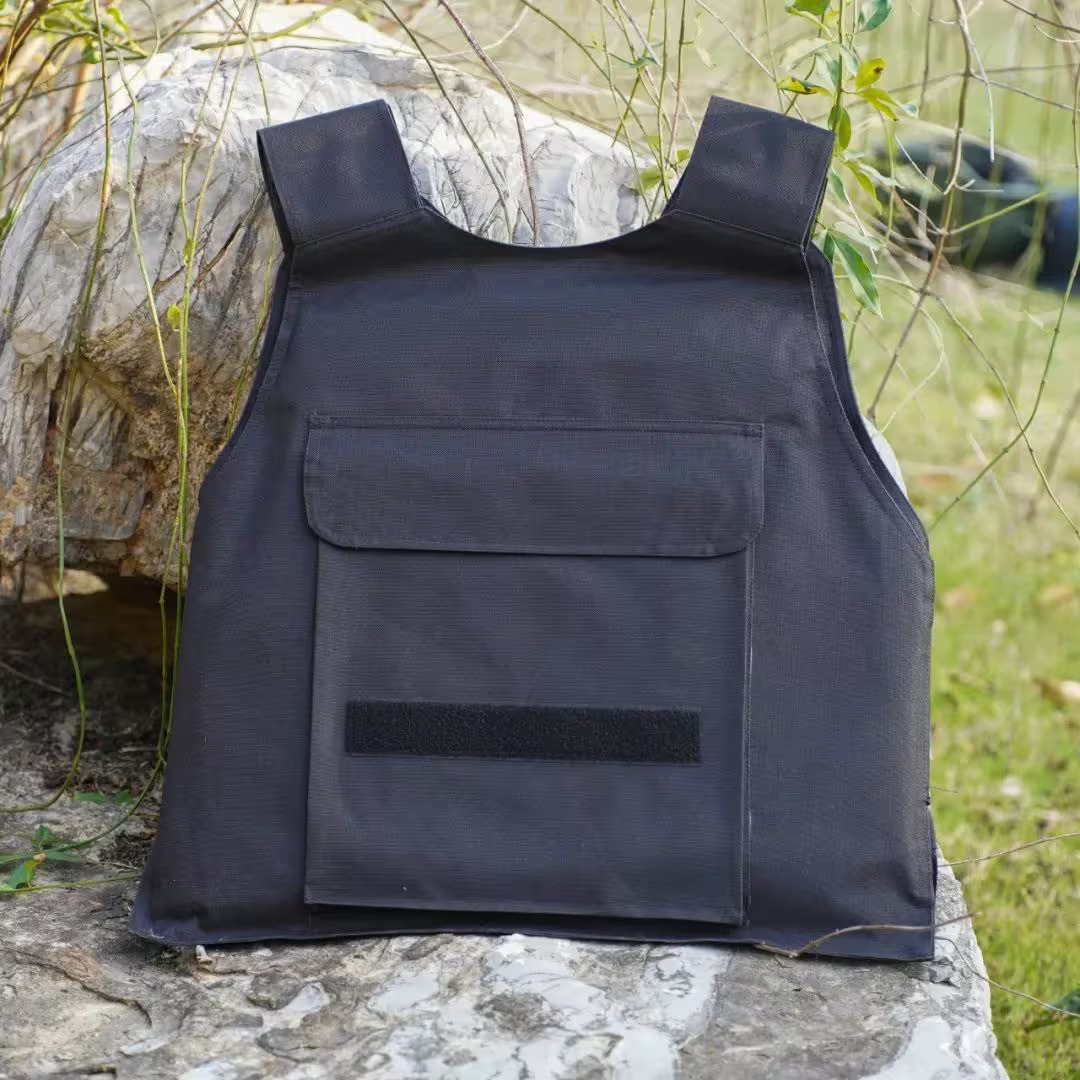
Even bulletproof vests with only two front and rear shields have caused controversy in the military of various countries. The weight bearing of bulletproof clothing not only slows down the mobility speed of soldiers, making them more fatigued, but also affects the soldiers' firing response time when overloaded.
On the battlefields of Iraq and Afghanistan, American soldiers carry an average of 53 kilograms per person. Between 2004 and 2007, one-third of soldiers who left the battlefield suffered spinal and musculoskeletal injuries, which is twice the proportion of direct combat injuries.
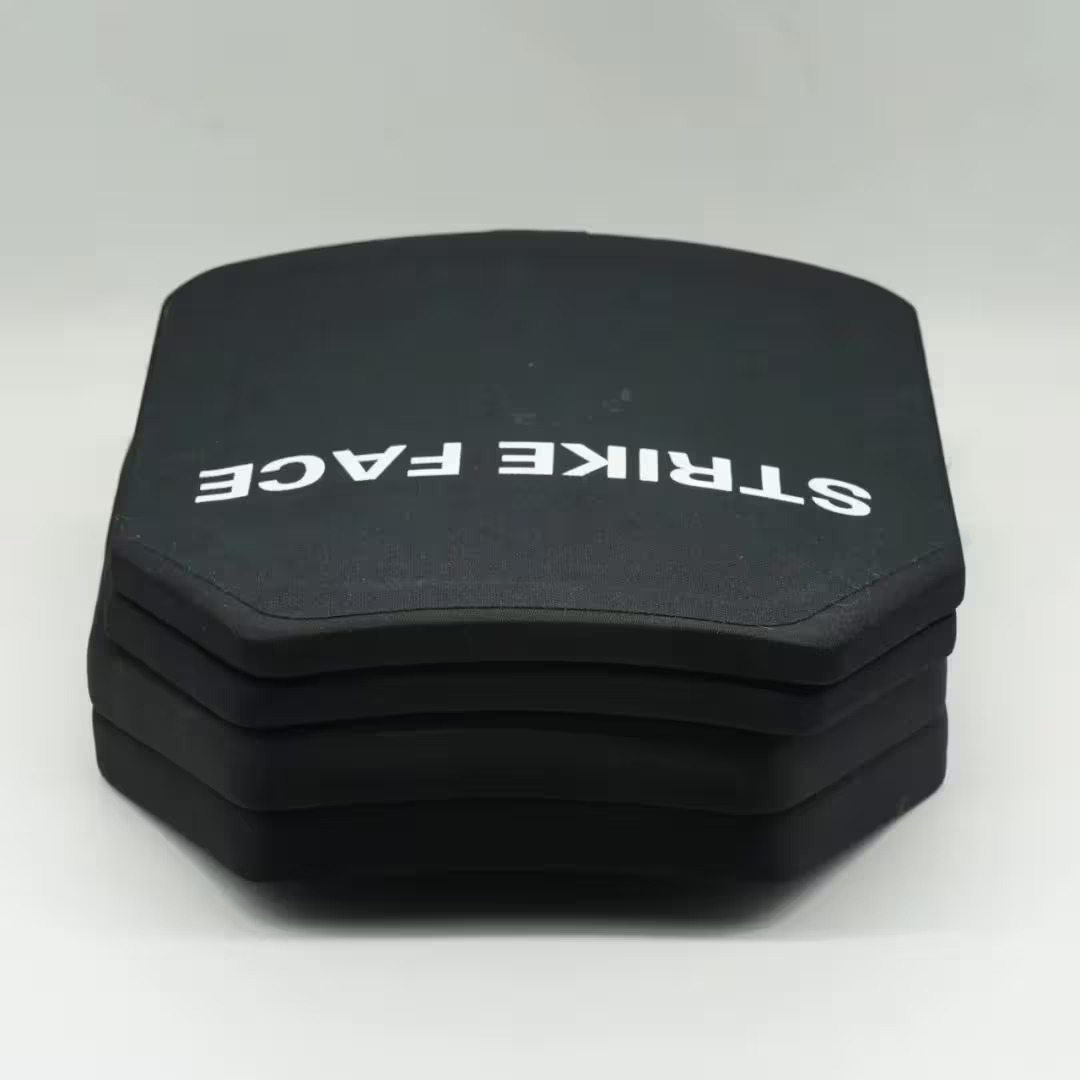
So, even the ceramic bulletproof plates with two front and rear chests (close to 6 kilograms) pose a significant additional burden on soldiers. Sometimes only one piece is inserted in the front chest - because the probability of getting shot in the back is not high.
02
Why wear bulletproof vests?
The two most common causes of death on the battlefield are:
1. Shot in the head or hit by sand and gravel from an explosion;
2. Chest and abdominal injuries.
These two causes of death account for approximately 80% of battlefield deaths. Injuries to limbs usually result in disability rather than direct death.
So, wearing helmets and bulletproof vests on the battlefield can reduce mortality rates.
There are also some special professions where personnel need to wear bulletproof vests, such as security guards escorting banknotes and armed police officers carrying out anti-terrorism missions. They often encounter shooting by illegal elements.
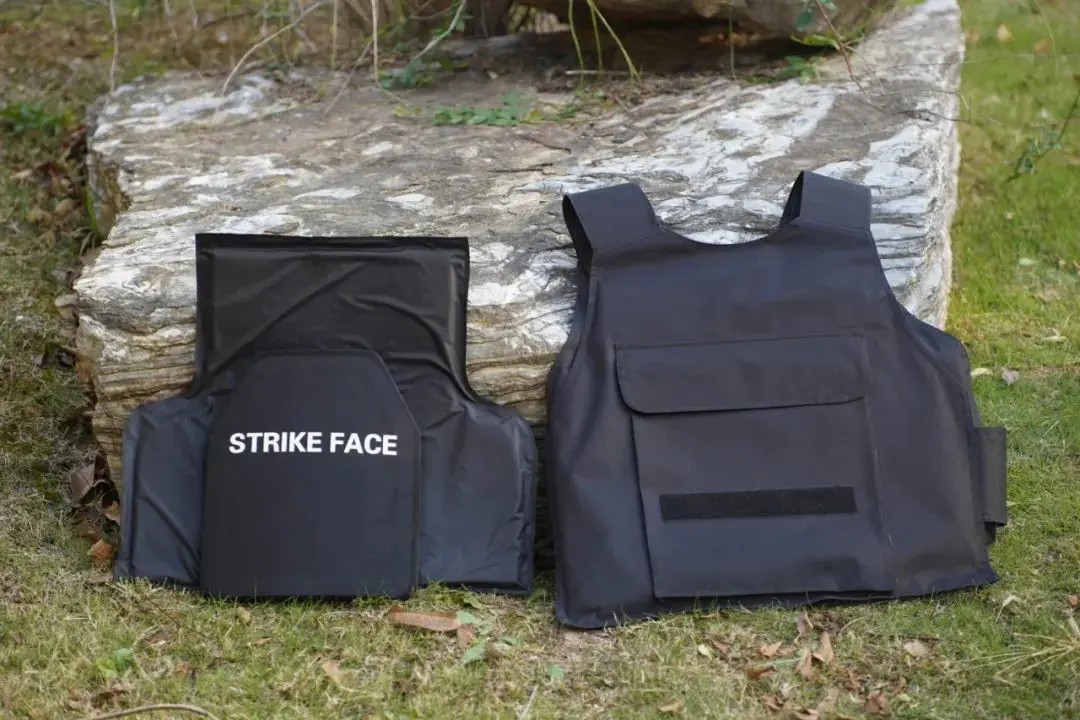
The area targeted by a sniper is usually the heart area. Short range shooting with firearms such as pistols is usually aimed at the chest and abdomen. So, wearing a bulletproof vest can avoid most gunshot injuries.
Ordinary people are rarely sniped if they are not important figures, but there are exceptions.
During the turmoil in the Balkans, Sarajevo was besieged by the Yugoslav People's Army and the Republika Srpska Army from April 5, 1992 to February 29, 1996. For over three years, Serbian armed snipers have been everywhere on the surrounding highlands and abandoned buildings, and many citizens have been shot while walking on the streets. If they wear a bulletproof vest under their coat, they can avoid a disaster.
In the Bosnia and Herzegovina War, countless firearms fell to the civilian population, and any group of people you encounter may have firearms. Shooting cases are very common in order to seize food and various items. In this environment, even the most ordinary civilians should be equipped with bulletproof clothing.
03
What material should I choose for bulletproof vests?
Bulletproof vests come in two categories: soft and hard. Soft bulletproof vests are usually made of multi-layer specially woven Kevlar and PE fiber cloth. This type of bulletproof vest can withstand the penetration of light firearms and is comfortable to wear, but lacks protection against slightly stronger bullets.
In addition, the fibers of soft bulletproof vests are easily aged due to long-term exposure to sunlight and sweat. In terms of cost-effectiveness, bulletproof plug-in boards are significantly better.
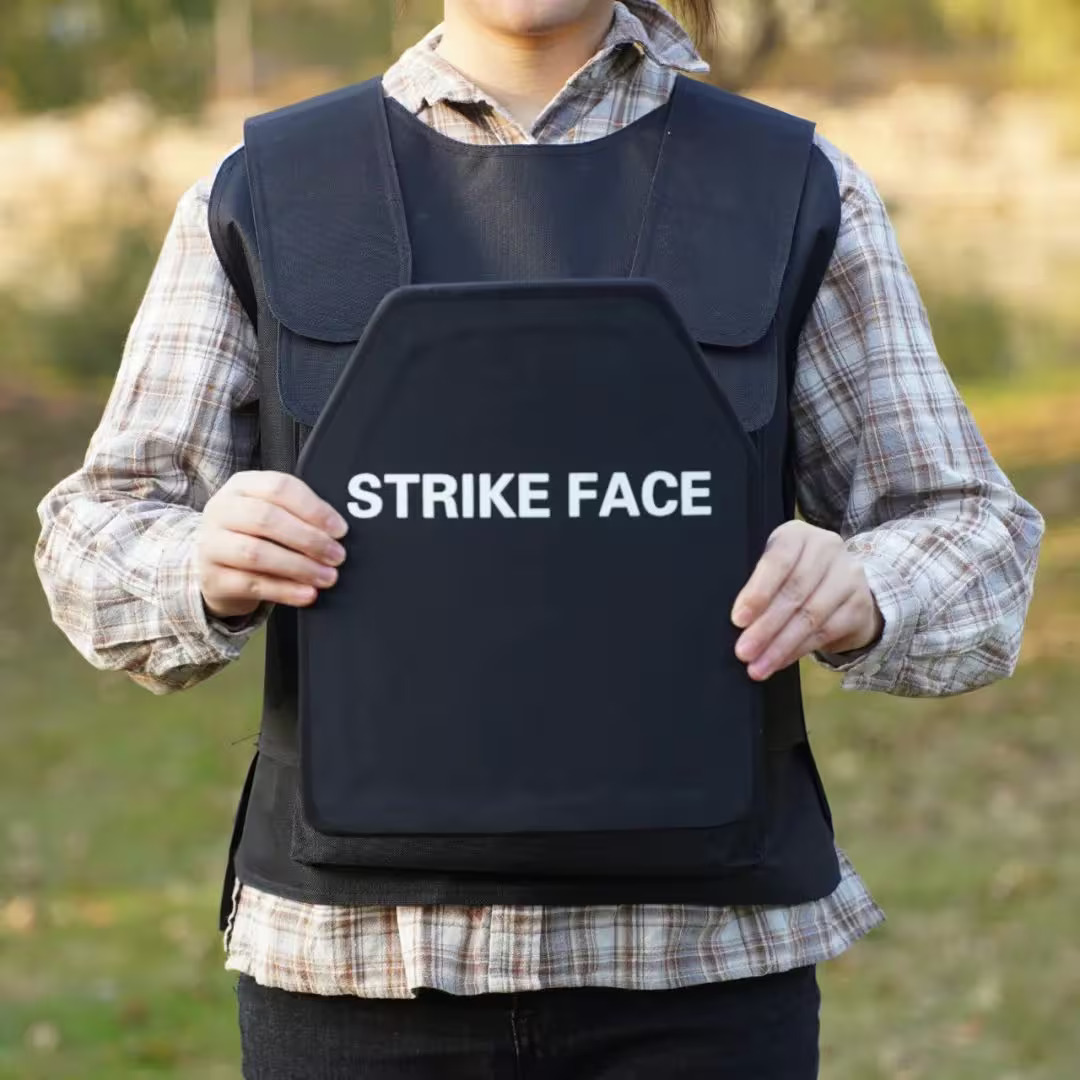
A hard bulletproof vest is made by inserting various bulletproof plates into the vest. The materials of bulletproof plates include steel, Kevlar bulletproof plates, PE bulletproof plates, ceramic bulletproof plates, ceramic and PE composite bulletproof plates, etc.
Steel bulletproof plates are very cheap, but the disadvantage is that they are very heavy. This type of bulletproof plate is not used on the battlefield, but occasionally it can be seen on security personnel and police officers in some underdeveloped countries.
Kevlar bulletproof panels were the earliest polymer materials successfully used for bulletproof vests. What is better than Kevlar is the development of ultra-high molecular weight polyethylene (PE) in recent years. Ordinary PE material is a very soft plastic, and once the molecules are neatly arranged into a long chain, it becomes the strongest material. This principle is just like if the carbon molecules of seemingly soft graphite are well arranged, they become ultra-high strength materials such as carbon fiber, diamond, and graphene.
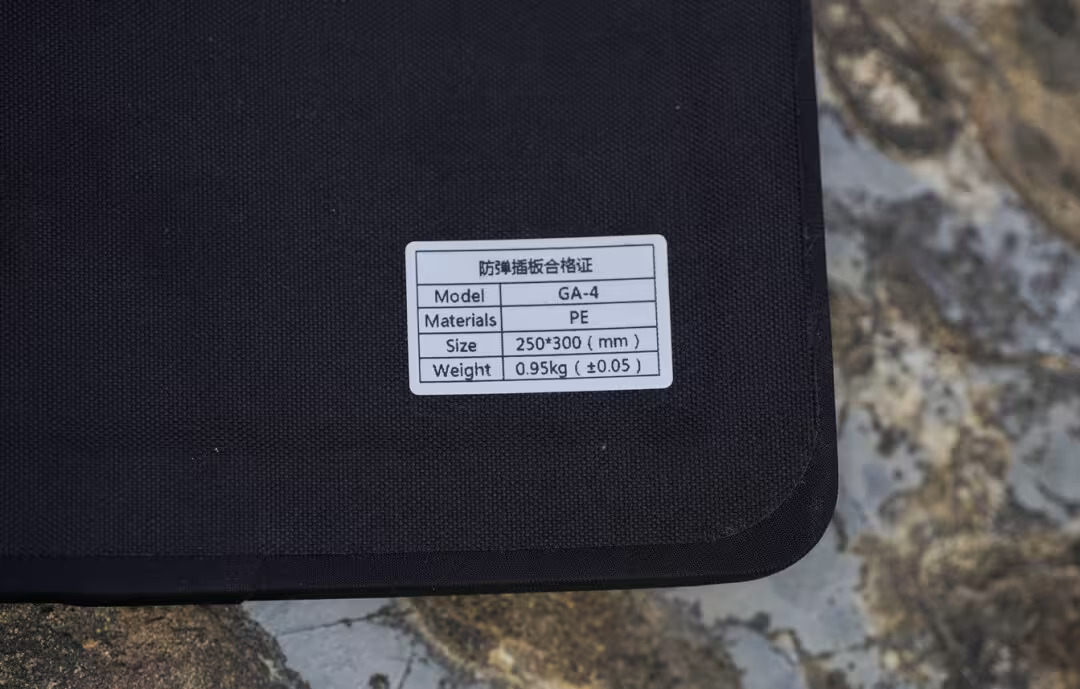
Currently, PE is the lightest material for bulletproof panels. However, the maximum protection level of PE can only reach level 4, which is sufficient for ordinary handguns, light submachine guns, and criminals' homemade improvised firearms, but cannot deal with rifles and snipers.
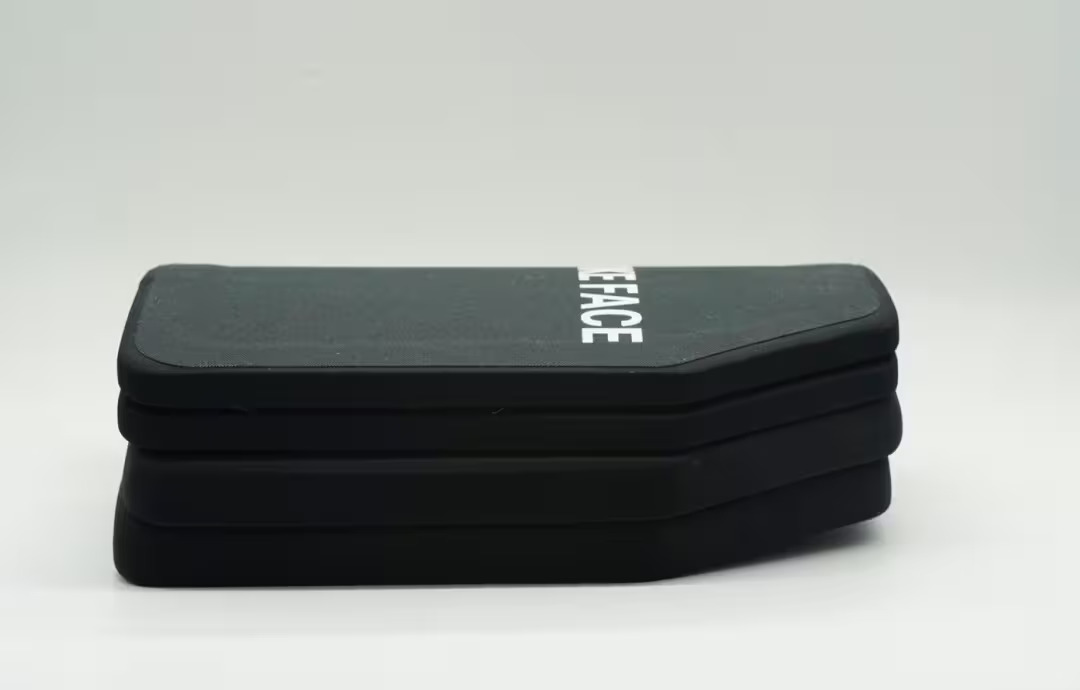
According to the standards of the Ministry of Public Security, the highest level of bulletproof board is level 6. The material for Level 6 bulletproof plates is usually made of the hardest ceramic plate, or a double-layer composite plate made of ceramic and PE.
Common ceramic materials are silicon carbide and aluminum oxide. If it is a high-purity jewelry grade, aluminum oxide is sapphire and ruby, and silicon carbide is mullite. Powders of silicon carbide and aluminum oxide are often used as grinding wheels and tool stones to grind knives, as they are much harder than the hardest steel.
As an ordinary user, it may be difficult to understand the technical details of the Ministry of Public Security's testing standards. If you buy a bulletproof vest, you generally only need to understand these points:
A level 4 bulletproof vest that can withstand ordinary 7.62x17, 7.62x25 (millimeters) pistol bullets and light submachine gun bullets.
Level 5 bulletproof vest, capable of withstanding 7.62x39 (millimeters) rifle bullets.
The Level 6 bulletproof vest can withstand 7.62x54 (millimeters) sniper gun bullets.
04
What is the difference between bulletproof vests worn by ordinary people and those worn by military personnel?
The bulletproof vest of a soldier is usually equipped with two bulletproof plates in the front and back of the tactical vest (sometimes only one in the front). There are many accessories on the tactical vest because soldiers need to hang a lot of various equipment on it. This tactical vest is highly favored by military fans, but for ordinary people, it is too ostentatious and cumbersome.

Civilians, security guards, and police do not need to carry so much combat equipment, and the structure of military tactical vests appears cluttered and redundant. So the structure of non military bulletproof vests is more concise.
Non military bulletproof vests are usually made with adjustable elastic and adjustable magic buttons, so that a bulletproof vest can be used by multiple people, such as those between 170 and 180 in height, or those with different waist and chest sizes.
Non military bulletproof vests sometimes add some additional performance. For example, if you make a sandwich inside a bulletproof vest, you can put the anti puncture sandwich (flexible PE cloth or hard thin steel sheet) inside. If you don't insert a bulletproof board and only place an anti puncture layer, it is a anti puncture suit that can protect the entire body from protection such as kitchen knives, knives, arrows, spears, red tassels, and bayonets.
In a country where guns are banned, sometimes stab proof is more important than bulletproof.
In this way, a bulletproof vest can become versatile: a simple bulletproof vest, a simple stab proof suit, and a dual protective suit that is bulletproof and stab proof.

